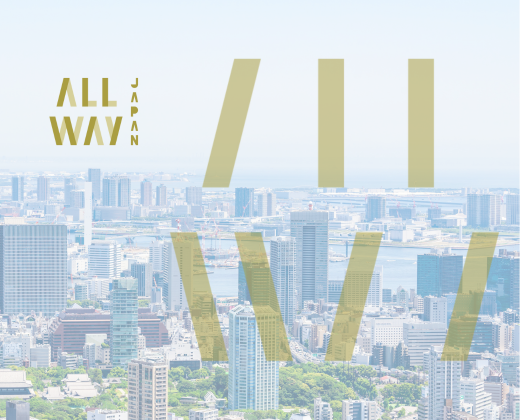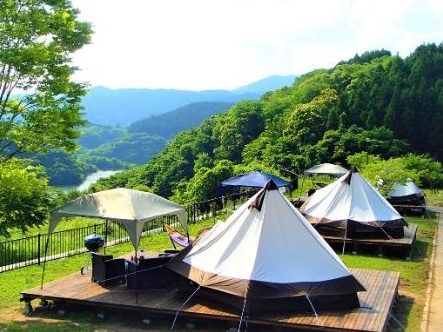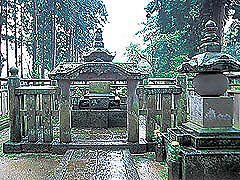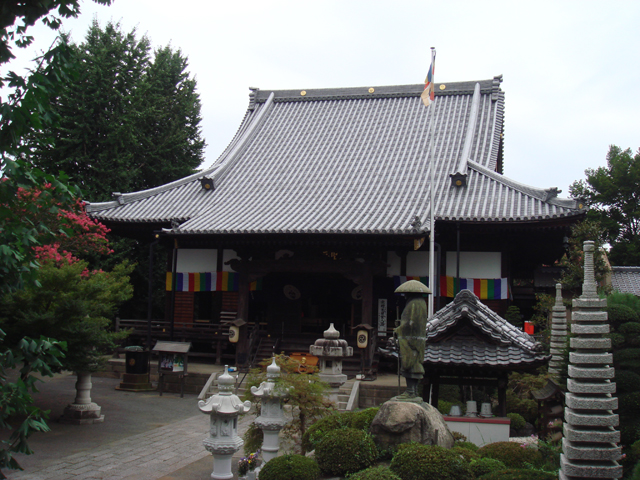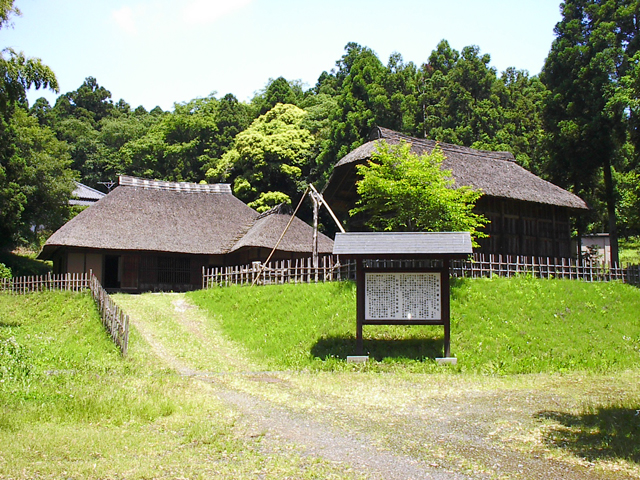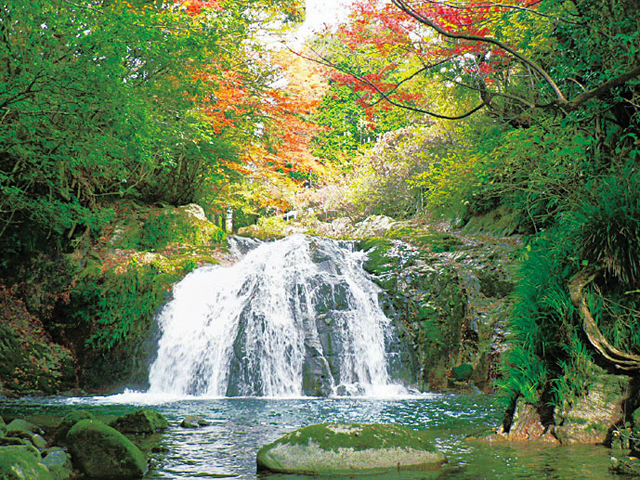
A fixed waterfall that can bring a mysterious atmosphere
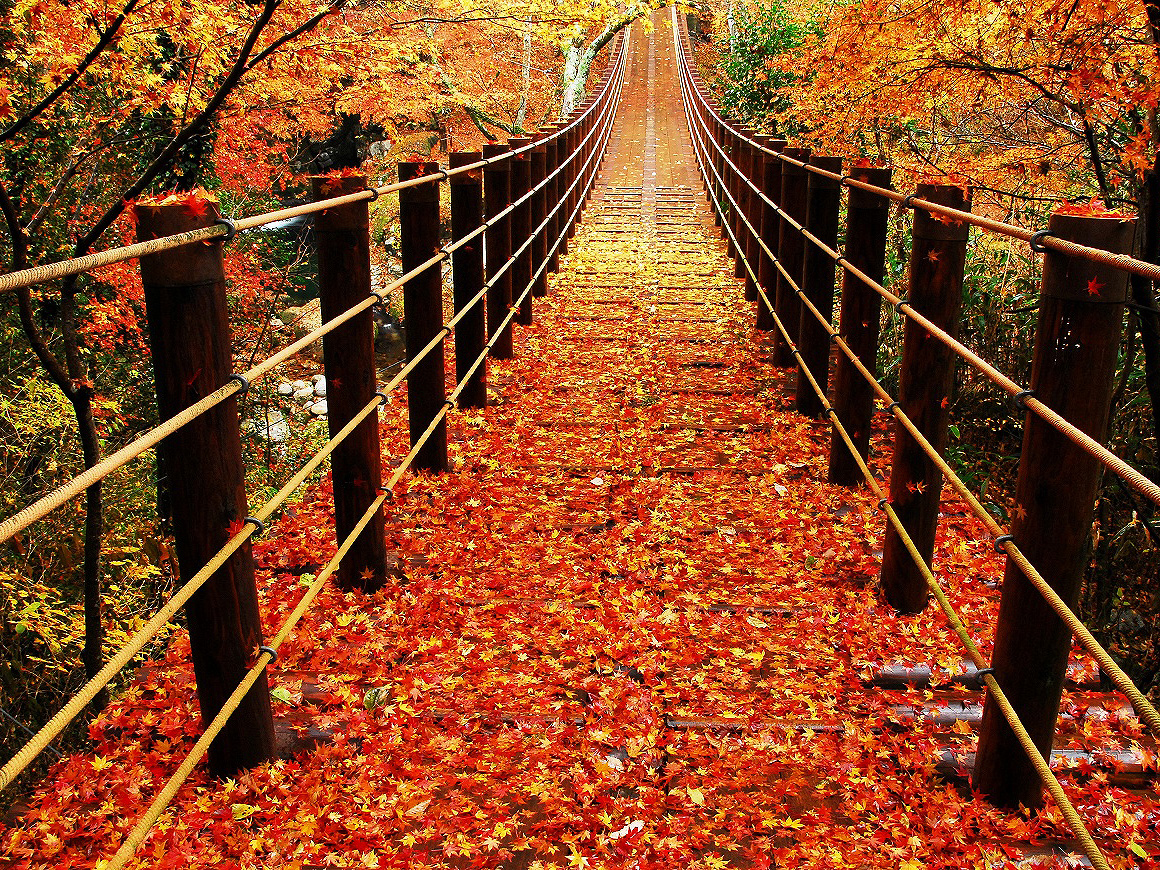
Autumn leaves on the Shiimi waterfall suspension bridge at about 60m
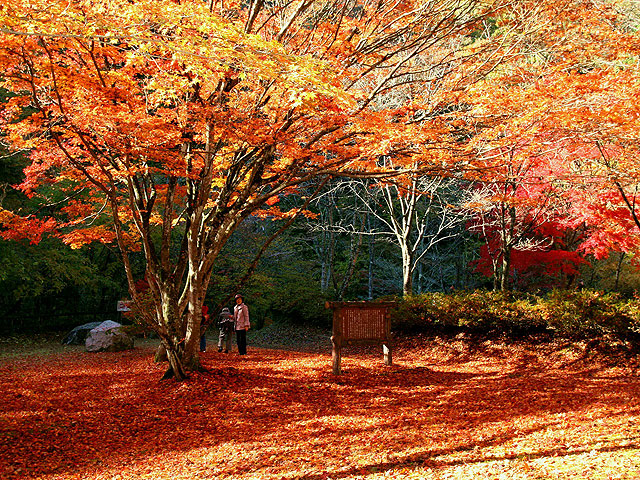
The legendary abyss "Nama-ri-Keitai" with beautiful fresh green and autumn leaves
The information provided reflects the details available at the time of the survey.
Please note that facility details may change due to the facility’s circumstances, so please check for the latest information before visiting.
This content has been translated using machine translation.
Information provided by: JTB Publishing
The content uses an automatic translation service, which is not always accurate.
The translated content may be different from the original meaning, so please understand and use it.

